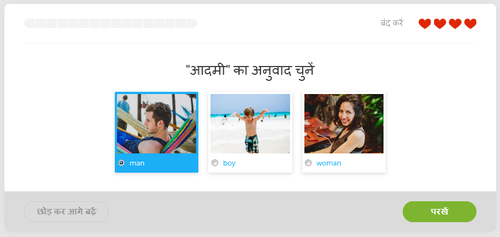Google Drive: 60+ Hindi Children’s Books, Our eBook and Audio Files!
Good news everyone! We now have a shared Google Drive Folder, which you can find here http://rachel.likespizza.com/archive/learning-hindi.com/drive, with several resources to help you learn Hindi. If you’ve never heard of Google Drive then don’t panic, it’s just a shared folder that anyone can access on the web. It looks something like this:
You’re probably already asking yourself what resources are actually there - so let’s get straight into it.
The biggest attraction is the folder titled Pratham Books. This folder contains a collection of over 60 Hindi children’s books, along with their English translations so you can check your understanding. Some books even have audio recordings too! Click here to go straight to the folder.

A teaser of some of the books available to read online!
Pratham Books are an amazing Indian Non-Profit that want to help Indian children learn to read. It’s only because they release many of their books under very generous Creative Commons copyright that I am able to share them with you here, so send thanks their way!
In a different folder we have all the audio files from our site available for you to easily listen to online or download…
And as if that wasn’t enough for you, we also have a .pdf eBook which complies most of the lesson from our website into one very large, 284 page file. Again you can download to your computer or print it off (if you have a lot of paper!) Many people have asked for this in the past and so here it is!
Inside the main folder you will find a Read Me file with more information about the contents and full instructions on how to download an entire folder!
Please let me now your feedback on these resources, both good and bad in the comments section below. Hopefully in the future I will be able to add even more resources to this folder, so if there’s anything else you’d like to see then please let me know and I’ll see what I can do! I hope these resources can help you :)
So don’t forget to check out our Google Drive folder: http://rachel.likespizza.com/archive/learning-hindi.com/drive!













